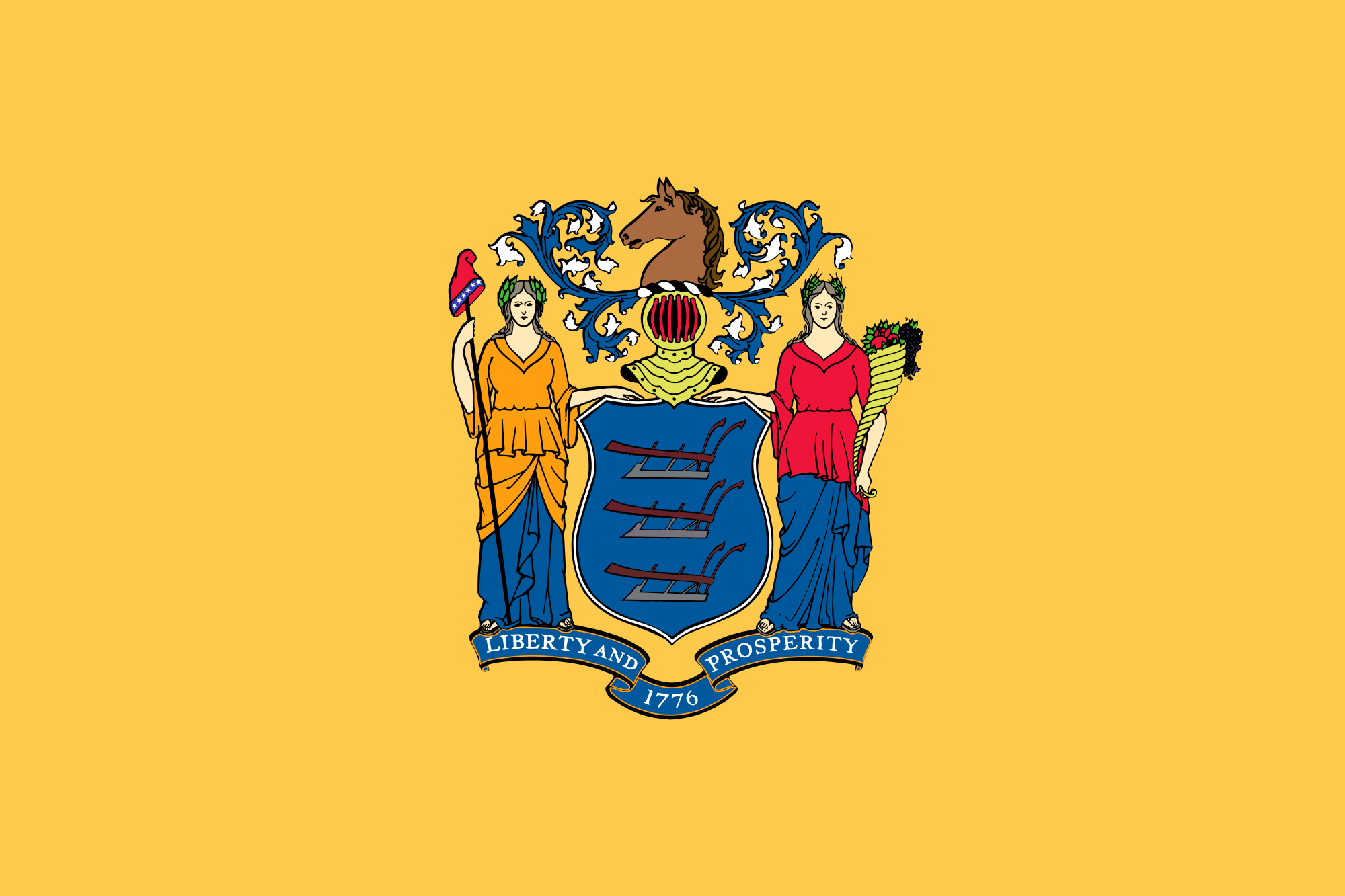On January 10, 2023, Governor Phil Murphy signed legislation, which will become effective on April 10, 2023, amending the Millville Dallas Airmotive Plant Job Loss Notification Act—more commonly known as New Jersey’s mini-WARN law, or NJWARN. Part one of this three-part blog series provided an overview of frequently asked questions (FAQs) about the amended (Amended NJWARN) versus the original (Original NJWARN) law. Part two covered the new notice and severance pay requirements and the release provisions of the amended law. Part three, below, analyzes Amended NJWARN’s expanded employer liability and penalty provisions and addresses questions about the transition from Original NJWARN to Amended NJWARN, and how the law applies to triggering events that straddle the new law’s effective date.
VIII. Employer Liability
How have the employer liability provisions of NJWARN changed?
Amended NJWARN still defines an “employer” as “an individual or private business entity which employs the workforce at an establishment.” However, Amended NJWARN includes a new provision which provides “For purposes of this section [the section requiring notice and severance pay], “employer” includes any individual, partnership, association, corporation, or any person or group of persons acting directly or indirectly in the interest of an employer in relation to an employee, and includes any person who, directly or indirectly, owns and operates the nominal employer, or owns a corporate subsidiary that, directly or indirectly, owns and operates the nominal employer or makes the decision responsible for the employment action that gives rise to a mass layoff subject to notification.”
This language greatly expands the range of individuals and businesses that can be held liable for the mandatory severance pay, including potentially managers involved in the decision to lay off employees, corporate officers, and private equity firms involved in the sale or purchase of a shuttered business.
IX. Penalties
1. What are the penalties for a violation of Amended NJWARN?
As detailed above, Amended NJWARN provides that employees who are denied the required 90 days’ notice are entitled to four weeks of severance pay as a penalty, in addition to the greater of (i) one week of severance pay for each year of service, or (ii) any severance pay to which they are otherwise entitled under a collective bargaining agreement or other policy/plan of the employer.
Amended NJWARN itself does not include any other penalty or attorneys’ fees provisions for a failure to pay the required severance, but as noted above, Amended NJWARN appears to equate the required severance pay to “wages” under the New Jersey Wage Payment Law (NJWPL). This in turn may make an employer’s failure to pay (or timely pay) the statutory severance a violation of the NJWPL and trigger liability under the NJWPL. Under the NJWPL, employees can recover attorneys’ fees and liquidated damages of up to 200 percent of the wages recovered. In addition, first-time violations of the NJWPL may subject employers to fines between $500 and $1,000 and/or imprisonment between ten and 90 days. Second or subsequent violations are punishable by a fine between $1,000 and $2,000 and/or imprisonment between 10 and 100 days.
X. Transition Issues
1. What is the effective date of Amended NJWARN?
April 10, 2023 (90 days after the legislation was signed).
2. Does Amended NJWARN apply to employees discharged prior to April 10, 2023?
Pending further guidance, it appears that employment losses that occur prior to the April 10, 2023, effective date are governed by the notice and severance provisions of Original NJWARN, regardless of whether the affected employees were given notice before or after January 10, 2023, when Amended NJWARN was signed into law. For example, employees given notice of termination of employment on January 5, 2023, and January 15, 2023, would be entitled to 60 days’ notice (per Original NJWARN), not 90 days’ notice (per Amended NJWARN). Employees who are given the required 60 days’ notice would not be entitled to severance pay under the statute. An employer that fails to give the required 60 days’ notice would be required to pay one week of severance for each year of service to each affected employee (per Original NJWARN), not one week of severance for each year of service plus four weeks’ severance (per Amended NJWARN).
3. Does Amended NJWARN apply to employees discharged on and after April 10, 2023?
Pending further guidance, it appears that employees who first receive notice of an employment loss after the April 10, 2023, effective date are covered by the notice and severance provisions of Amended NJWARN. For example, an employee first given notice of termination on April 10, 2023, must be given 90 days’ notice and must receive one week of severance for each year of service. If an employer fails to give the required notice to such an employee, the employee would be entitled to one week of severance for each year of service plus four weeks’ severance.
4. How do the new notice and severance requirements of Amended NJWARN apply to triggering events in progress prior to April 10, 2023?
Amended NJWARN includes no explanation about how the new notice and severance requirements apply to mass layoffs and other triggering events in progress before April 10, 2023. For example, how must an employer handle employees who first receive notice of an employment loss before the April 10, 2023, effective date, but who are given a termination date on or after the April 10, 2023, effective date (for example, an employee first given notice of termination of employment on April 1, 2023)?
In this “straddle” scenario, must that employee be given 60 days’ notice (since notice is provided when Original NJWARN is in effect) or 90 days’ notice (since the termination will occur when Amended NJWARN is in effect)? And if the employer fails to provide the required notice (be it 60 or 90 days) is the employee entitled to one week of severance for each year of service (per Original NJWARN), or one week of severance for each year of service plus four weeks’ severance (per Amended NJWARN)?
The answer is not clear from the law itself, and pending further guidance, one interpretation is that the relevant event is the date of the employment loss, not the date notice is given, and thus all employment losses that occur on or after April 10, 2023, are subject to Amended NJWARN. This would mean that an employee first given notice of termination of employment on April 1, 2023, must receive 90 days’ notice of termination and must receive one week of severance for each year of service. And if the employer fails to give the required notice, the employee would be entitled to an additional four weeks of severance.
5. How do the new definitional changes of Amended NJWARN apply to triggering events in progress prior to April 10, 2023?
The straddle scenario also raises challenging questions about the applicability of other provisions of Amended NJWARN, for example, the new definition of “establishment” (abolishing the single site of employment concept), the new definition of “employee” (abolishing the distinction between full-time and part-time employees), and the new definition of “mass layoff” (abolishing the 33 percent of the workforce requirement for reductions in force (RIFs) impacting fewer than 500 employees). Specifically, for purposes of the 50-employee threshold, should an employer count employment losses that occur before the April 10, 2023, effective date using the Original NJWARN definitions, and count employment losses that occur on or after the April 10, 2023, effective date using the Amended NJWARN definitions?
The answer is not clear from the law itself, and pending further guidance, a reasonable interpretation may be that an employer must use the definitions in effect at the time of the employment loss. For example, an employer would only count employment losses affecting full-time employees that occurred (or are planned for) before April 10, 2023, but must count employment losses affecting all employees that occurred (or are planned for) on or after April 10, 2023. If the total exceeds the 50-employee threshold in a 30-day (or aggregated 90-day) period, then the employer would deem NJWARN triggered.
Applying this approach with respect to the other new definitional terms can become complex. For example, is an employer required to aggregate all employees impacted throughout the state before April 10, 2023, (when the “single establishment” rule was in effect) with the employees impacted on or after April 10, 2023 (when the “statewide rule” is in effect)? That would seem to give Amended NJWARN retroactive effect contrary to typical rules of statutory interpretation. Pending further guidance, a reasonable interpretation is that an employer is only required to count terminations that occurred prior to April 10, 2023, if there were terminations on or after April 10, 2023, at the same location.
XI. Strategies for Minimizing the Impact of Amended NJWARN
How can an employer minimize the impact of the new notice and severance pay provisions of Amended NJWARN?
Some general approaches for employers to consider include the following:
- Implementing a planned mass layoff or other triggering event immediately, giving notice of termination of employment no later than February 8, 2023, with a termination date no later than April 9, 2023 (60 days later).
- As was true under Original NJWARN, implementing a mass layoff in phases to avoid the occurrence of 50 terminations within the applicable 30/90-day windows.
- Changing reporting relationships of remote employees located in New Jersey and outside New Jersey so they do not report into New Jersey.
- Modifying existing severance plans to reduce the severance required to match the severance mandated by Amended NJWARN, and provide additional severance or other consideration in exchange for a release.
Ogletree Deakins will continue to monitor developments with respect to this law and will post updates on the firm’s New Jersey and Reductions in Force blogs as additional information becomes available. Part one, “New Jersey’s Amended Mini-WARN Act FAQs, Part I: What’s New and Important Definitions,” provided an overview of the amended law and how it differs from the original law. Part two in this three-part blog series covered required notices, severance pay, and releases. Mark Diana and Brandon R. Sher also recently presented a webinar, “New Jersey Mini-WARN Act Amendments: What’s New and How to Comply,” covering the amended law. Important information for employers is also available via the firm’s podcast programs.






